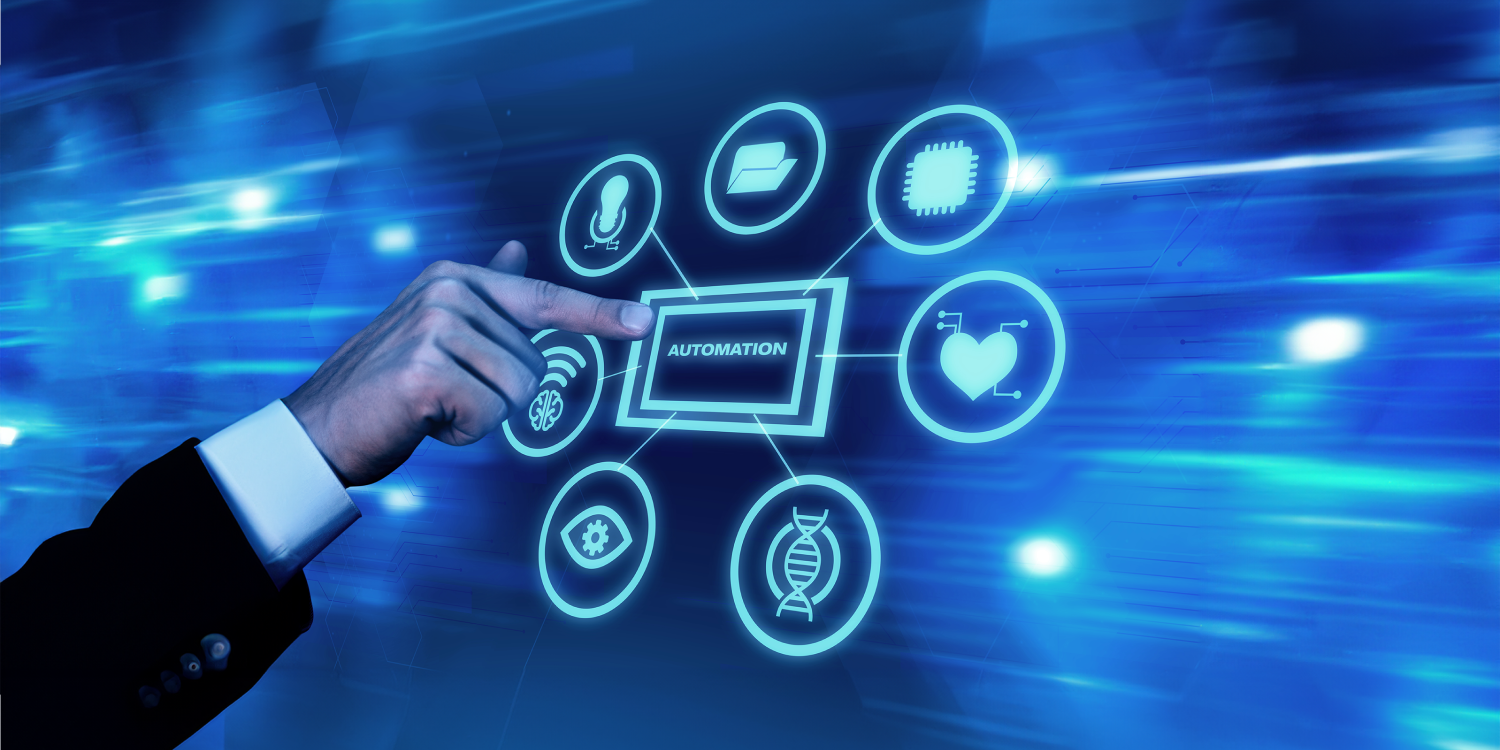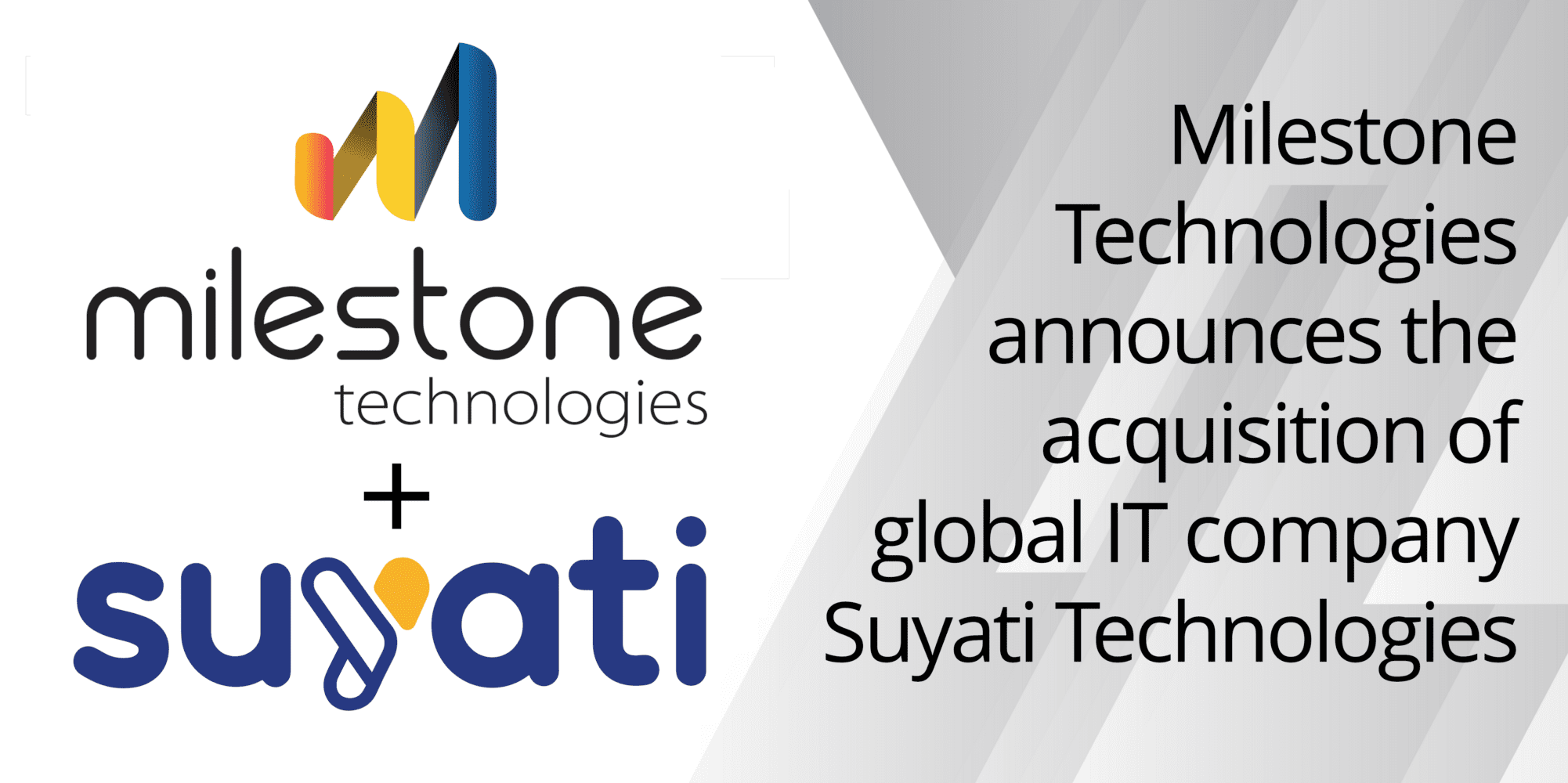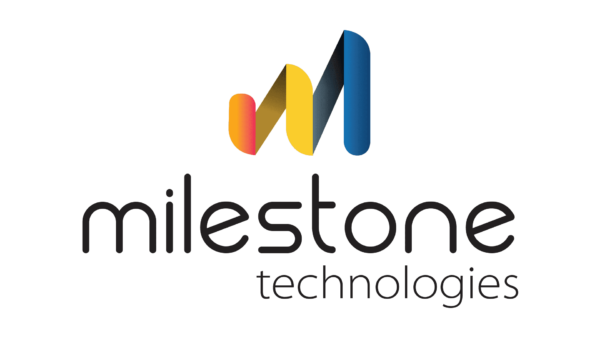The Robotic Process Automation market is booming. The global RPA market was worth $2.3 billion in 2022, with an estimated CAGR of 39.9% until 2030. So, what are the reasons for such a huge growth spurt in RPA? Why are RPA consulting firms in the USA in high demand?
Automation technologies such as RPA have unlocked huge possibilities for enterprises. RPA uses software to perform backend tasks usually done by humans. Until recently, the most common enterprise RPA use cases included completing forms, extracting data, and transferring files. However, RPA bots powered by AI and other advanced technologies, are interacting with software applications and other systems to perform complex tasks such as customer service and order processing.
The macro-level headwinds that fuel increased RPA adoption
A key trigger for the surge in automation has been the COVID-19 pandemic which forced businesses worldwide to automate workflows. The structural changes of work including WFH induced by the COVID-19 pandemic, play into the hands of RPA. The enhanced productivity, optimized performance, and high ROI encourage companies to invest more in RPA. Moreover, RPA minimizes human error and improves accuracy. Even after the pandemic, RPA continues to solve critical business problems – employing hyper-automation to improve process efficiency, reduce operational costs, and overcome skill shortages.
According to Gartner, the market for hyper-automation software technologies is projected at $720 billion in 2023. Several top RPA development companies leverage the technology to offer cutting-edge solutions to their clients.
Increased adoption across industries
RPA is being increasingly used across industries and businesses including healthcare, finance, and manufacturing. As the benefits of RPA adoption become explicit, companies deploy RPA to save time and reap the process efficiency benefits. SMEs mostly use RPA to improve productivity and make processes more cost-effective and flexible. With RPA taking over routine tasks, the existing workforce gets more time for higher-value tasks.
Three out of four large enterprises will use AI-infused processes to streamline their supply chains and improve product quality by 2026. Small and medium enterprises are also not too far behind in RPA implementation.
Healthcare
The healthcare industry has been one of the earliest RPA adopters with many top RPA development companies offering advanced solutions. The market size of RPA in healthcare was $1.4 billion in 2022. It is anticipated to touch $14.18 billion by 2032 with a CAGR of 26.1%.
Healthcare establishments use RPA to perform repetitive tasks such as appointment scheduling, claims processing, billing, and clinical documentation. As the technology matured, advanced use cases such as medical imaging analysis, inventory management, resource optimization, and patient follow-ups have become viable. In many establishments, these tasks are expensive and the process is inefficient and sluggish. Long customer wait time leads to customer discontent. RPA facilitates quick implementation to speed up and optimize the process. For instance, automation in appointment scheduling makes the procedure quick and easy. Customers receive timely notifications and reminders including schedule modifications caused by doctor’s absence.
Banks and financial establishments
RPA helps banks and other financial institutions automate business processes to improve speed, efficiency, and customer satisfaction. The vitality of businesses operating in the finance space depends on the ability to access and process information quickly. RPA robots undertake activities across different systems to gather and present information to clients on a central, integrated platform. For instance, bank customers can process KYC verification, check account balances, and pay bills using apps powered by automated bots. These banking apps provide the convenience of anytime, anywhere banking to customers.
Integrating RPA with AI helps banks enforce their rules more strictly and consistently while improving compliance. Several RPA vendors offer tailor-made, ready-to-use products suitable for companies in the BFSI space. One example is UiPath’s RPA solution which delivers up to 80% faster reconciliation time and twice the transaction processing capacity compared to conventional solutions.
Manufacturing
Robotic Process Automation is used in manufacturing for both core and support functions. RPA bots automate order processing, inventory management, and back-office clerical tasks. The latest tech advancements make it viable to deploy RPA bots for production planning and scheduling. The AI-powered bots help manufacturers plan and schedule production efficiently considering factors such as demand forecasts, inventory levels, and machine capacity. RPA bots also automate quality control tasks such as inspection and evaluation of quality data.
Increasing consolidation among RPA vendors
Increased competition in the RPA space has led to RPA service providers improving their offerings. Customers now enjoy unprecedented scalability at reduced costs. While new start-ups emerge, there is a spate of mergers and acquisitions.
Here are some high-profile developments in the RPA segment over the last two to three years.
- In September 2022, CTG acquired Eleviant Tech. The company plans to leverage the latter’s expertise in cloud, web, mobile, RPA, blockchain, and AI technologies to strengthen its service offerings through this acquisition.
- In March 2022, SS&C Technologies Holdings, Inc. acquired Blue Prism Group Plc (Blue Prism). Over 2000 companies use Blue Prism’s RPA solutions.
- Pegasystems Inc. unveiled Pega Process Mining in May 2023. This user-friendly tool helps users identify and resolve process inefficiencies that impede business operations. Pegasystems’s Pega GenAI launched simultaneously, is a collection of 20 advanced generative AI-powered tools. These innovative AI boosters integrate with low-code platforms and empower businesses to streamline workflow automation and decision-making processes.
Earlier, Google’s partnership with Automation Anywhere made the latter’s platform available in Google Cloud, making it easy to create and access AI-powered RPA solutions.
As RPA adoption progresses, the technology is no longer static. Here are the latest developments in RPA technology and market space.
Integration with Artificial Intelligence (AI) and Machine Learning (ML)
First-generation RPA used bots or “software robots” to automate repetitive tasks. RPA bots have become more complex since then. The latest RPA platforms co-opt AI and ML, Optical Character Recognition (OCR), analytics, and other cutting-edge technologies. Character recognition and natural language processing equip bots to process unstructured data. Al and ML-powered intelligent automation enables bots to match advanced human skills to a considerable extent. The AI-powered RPA bots can identify patterns and make decisions. This unlocks several possibilities in customer service and fraud detection segments. Intelligent automation will take over 40% of the service desk operations by 2025.
Rise of low-code and no-code RPA
Gartner predicts that developers outside IT teams will account for 80% of the user base for low-code development tools by 2026. This represents a 60% increase from the 2021 levels.
Within the low-code development ecosystem, two prominent areas are Low-Code Application Platforms (LCAPs) and Citizen Automation and Development Platforms (CADPs). These approaches are gaining traction with businesses looking to automate more processes without relying on specialized IT resources.
CADP is popular of late for the convenience and benefits the approach offers. It empowers business users with little or no technical expertise to create and deploy lightweight RPA solutions to meet their immediate business needs. Further, this approach enables the workforce to improve their productivity, efficiency, and agility. It also enables companies to roll out automation solutions quickly and cost-effectively.
Typical CADP use cases include:
- Building web-based forms.
- Creating reports and data visualizations.
- Automating workflows.
- Bridging data across multiple Software-as-a-Service applications.
RPA vendors offer low-code and no-code development tools, making it easier for lay business users to create powerful and user-friendly tools and even automate complex tasks.
Gartner projects the worth of the global low-code development technologies market at $26.9 billion in 2023, with a CAGR of 20%. By 2024, most enterprises will leverage codeless development for about 30% of their AI and automation initiatives.
Shift to cloud-based RPA
Gartner predicts that at least 85% of enterprises will embrace a cloud-first strategy by 2025. They will deploy over 95% of digital workloads on cloud-native platforms. These figures represent a huge growth from the 30% levels in 2021.
The Robotic Process Automation marketplace is no different. RPA technology works through different tools. The first-generation RPA tools were on-premises systems. As cloud computing continues to gain traction, RPA is shifting predominantly to the cloud.
Cloud-based RPA offers enterprises several advantages.
They enjoy:
- The flexibility to adjust the scale of RPA deployment easily by changing their business needs.
- The convenience of accessing RPA tools remotely.
- Reduced infrastructure costs. Cloud RPA enables automatic upgrades and easy deployment with lower maintenance.
Many enterprises, especially financial institutions, still prefer on-premises RPA solutions over cloud-based RPA. This is because of the rigid and compliance-oriented work process of these institutions. On-premise RPA deployment enables service providers to enforce greater control over policies and ensure that RPA policies concur with in-house protocols. They can also keep their information and internal data in-house without entrusting it to a third-party provider. RPA providers are busy overcoming these challenges. They offer hybrid solutions, allowing financial providers and other institutions to deploy RPA bots into processes as and when needed without compromising confidentiality or control over their data.
The trend towards a participative or collaborative approach
The benefits of RPA are now proven. However, some challenges and roadblocks still impede RPA adoption in many enterprises. Many companies remain reluctant to implement RPA due to error amplification. Just as RPA improves process accuracy, it can also amplify a wrongly configured system. The trick to get RPA right is to invest time and money upfront.
Many top RPA development companies and vendors now play a proactive role in collaborating with their clients. They assist their clients in identifying automation opportunities and developing business cases. Many of them also handhold their clients to develop pilot projects.
Key areas where RPA service providers offer value-added solutions to their clients are:
- Identifying use cases. The success of RPA implementation depends on developing robust use cases and running pilot projects to correct the process and check for errors. The viable approach is prioritization and a gradual, step-by-step, incremental method. Trying to do everything at once is a recipe for disaster.
- Developing a strong business case for RPA. RPA requires upfront investment and continued maintenance costs. The onus is on the CIO or the technical lead to develop a strong business case for RPA to convince the C-suite to commit to the investment. RPA vendors assist their clients or prospective clients in developing strong business use cases. They quantify the benefits wherever possible and include the intangibles such as the spin-off benefits of enhanced customer satisfaction.
- Developing APIs. RPA works on pre-established rules. Under the hood, RPA makes extensive use of APIs. RPA solutions use scripts that simulate human operations to execute tasks and perform transactions across disconnected systems. It is important to get the scripts and API integration right. Many enterprises fail to provide API integration the attention it deserves. Without robust connections across databases, RPA solutions may falter and deliver faulty results.
At the end of the day, RPA is a digital transformation exercise, and like all digital transformation initiatives, disruptive. Companies that prepare for the change cope with it successfully. As businesses face the twin pressures of increasing competition and a tough economy, investing in cutting-edge technologies such as RPA will help them stand out from competitors and gain huge competitive advantages.
Milestone offers state-of-the-art RPA solutions to help our customers stay ahead of the competition. If you have any questions regarding our services, don’t hesitate to drop a mail at itsolutions@milestone.tech.




